Andre Geim and Konstantin Novoselov, from the University of Manchester, have just won the Nobel Prize in physics from their work with graphene. They've found a way to isolate graphene from graphite (carbon in pencil lead) and distinguish its behavior, which holds extreme potential for future technology.
Graphene is composed of sheets of carbon atoms in a hexagonal array, and Geim and Novoselov have isolate graphene with a shockingly simple method— Scotch tape. They peeled off layers of graphite crystals using the Scotch tape, which then can create thin sheets of graphene.
To celebrate this achievement, the staff at the Ozyilmaz Group Graphene Research have produced a short little tutorial on the Scotch tape method of making graphene.
Take a strip of cellophane tape (Scotch tape) and gently lay it down, sticky side up, on a flat surface. Then, take some clean metal tweezers and pick out a thin graphite flake. Place the graphite flake gently onto the cellophane tape. Next, fold the tape at the edge of the graphite flake, then gently peel it apart, and repeat this step multiple times until there's a nearly transparent region on the cellophane tape. Now, transfer the cellophane tape graphene onto a clean silicon wafer. Use plastic tweezers to gently rub the tape where graphene may potentially be. Slowly peel off the tape, so as not to break any of the potential graphene sheets. Use an optical microscope to find and view graphene. Graphene appears as a purple spot on the screen, either as single spots or multilayered spots.
Just updated your iPhone? You'll find new emoji, enhanced security, podcast transcripts, Apple Cash virtual numbers, and other useful features. There are even new additions hidden within Safari. Find out what's new and changed on your iPhone with the iOS 17.4 update.



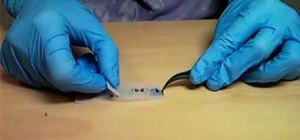



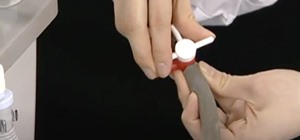
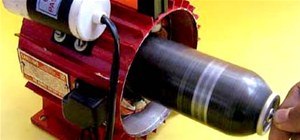
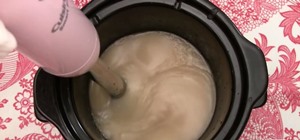



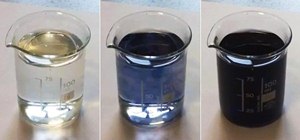
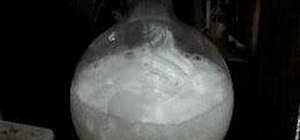

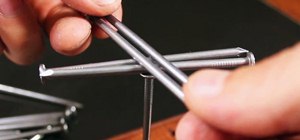

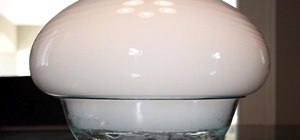


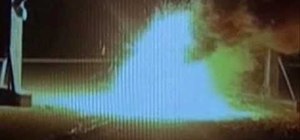
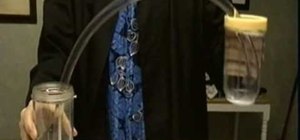
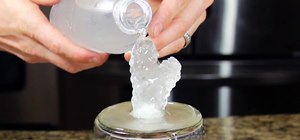
Be the First to Comment
Share Your Thoughts